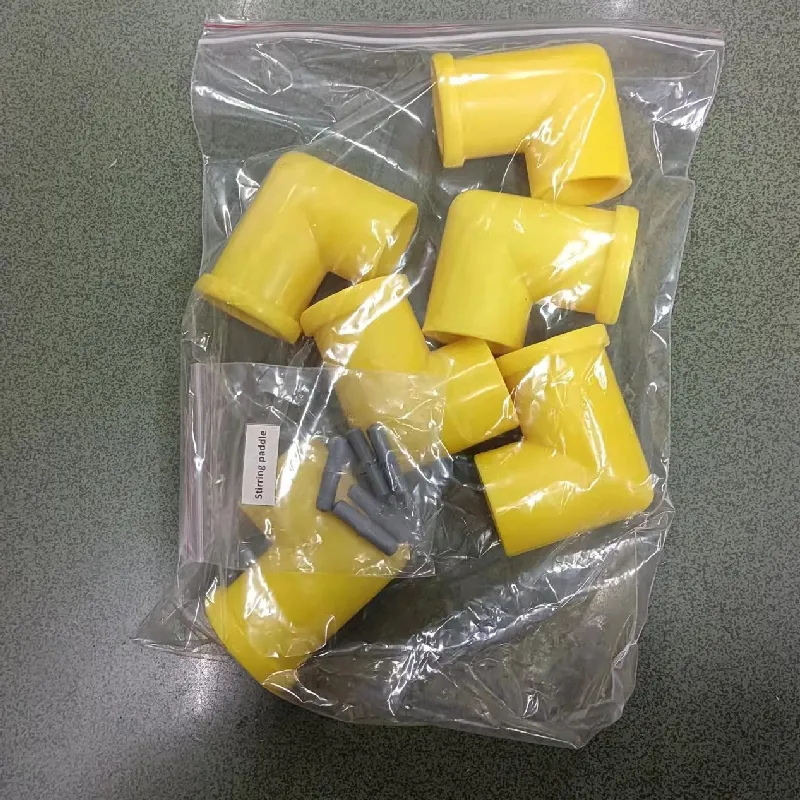 English
English


ac hipot test kit
Understanding the AC Hipot Test Kit A Comprehensive Guide
In the realm of electrical testing, ensuring the safety and reliability of electrical equipment is paramount. One of the most crucial tests conducted in this field is the high potential (hipot) test, which assesses the insulation integrity of electrical devices. This article will delve into the AC hipot test kit, its significance, functionality, and best practices for effective testing.
What is AC Hipot Testing?
Hipot testing is a method used to verify the insulation strength of electrical devices by applying a high voltage. The AC hipot test specifically involves applying alternating current (AC) at a voltage significantly higher than the device's operational voltage. This test is essential for detecting potential insulation failures that could lead to electrical shock or equipment malfunction.
The Significance of AC Hipot Test Kits
AC hipot test kits are indispensable tools in the electrical testing landscape. They help manufacturers and technicians ensure that products meet safety standards and regulatory requirements. By identifying weaknesses in insulation early, companies can prevent costly failures, enhance product reliability, and protect end-users from potential hazards.
Components of an AC Hipot Test Kit
An AC hipot test kit typically comprises several key components
1. Hipot Tester The main device that applies the high voltage to the equipment under test (EUT). Modern testers come with various features including programmable voltage settings, leakage current measurement, and automated test sequences.
2. Test Leads and Connectors These are essential for establishing a connection between the hipot tester and the EUT. High-quality leads ensure accurate testing and minimize the risk of arcing or accidental disconnection.
4. Instruction Manual A comprehensive guide outlining operating procedures, safety precautions, and troubleshooting tips is often included in the kit to help users navigate the testing process effectively.
ac hipot test kit

How to Perform an AC Hipot Test
Performing an AC hipot test involves several critical steps
1. Preparation Ensure the EUT is disconnected from any power source and is clean and dry. Inspect all connections and leads for damage.
2. Set Up the Tester Connect the hipot tester to the EUT using the appropriate test leads and ensure that the device is properly grounded.
3. Configure Test Parameters Select the appropriate test voltage and duration based on the manufacturer's specifications or industry standards. Generally, the test voltage is set to a level 1.5 times greater than the rated voltage of the equipment.
4. Conduct the Test Initiate the test and monitor the readings. The tester will either indicate a pass or fail based on the insulation resistance and leakage current measured during the test.
5. Document Results Record the test results for future reference and compliance verification. Proper documentation is crucial for maintaining safety standards and regulatory compliance.
Safety Considerations
Safety is paramount when performing AC hipot tests. Always follow the manufacturer’s guidelines and industry standards. Ensure that all personnel involved in the testing process are adequately trained and equipped with personal protective equipment (PPE). Never bypass safety systems and always be aware of the potential hazards associated with high voltage testing.
Conclusion
The AC hipot test kit is an essential tool for ensuring the safety and reliability of electrical devices. By understanding its components, functionality, and best practices for testing, technicians can effectively mitigate risks associated with electrical insulation failures. Moreover, adhering to safety protocols and proper documentation can further enhance the integrity of electrical testing processes. As the demand for safe electrical products grows, the importance of effective testing methods like AC hipot testing becomes increasingly clear. Investing in quality testing equipment and training ensures a safer environment for both manufacturers and end-users alike.
-
Differences between open cup flash point tester and closed cup flash point testerNewsOct.31,2024
-
The Reliable Load Tap ChangerNewsOct.23,2024
-
The Essential Guide to Hipot TestersNewsOct.23,2024
-
The Digital Insulation TesterNewsOct.23,2024
-
The Best Earth Loop Impedance Tester for SaleNewsOct.23,2024
-
Tan Delta Tester--The Essential Tool for Electrical Insulation TestingNewsOct.23,2024





